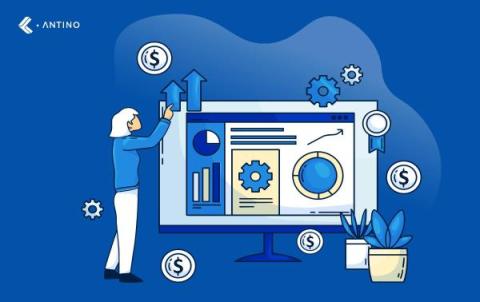How to Improve Customer Experience with AI: 3 Strategies for Success
In today's hyperconnected world, where negative reviews on social media can wreak havoc on a company’s reputation, delivering an exceptional customer experience isn't just a luxury—it's a business imperative. Companies are locked in a fierce battle for customers that is primarily based on their ability to deliver outstanding customer experiences (CX). According to research by The Conference Board, 65% of CEOs globally prioritize investing in strategies to improve CX.











